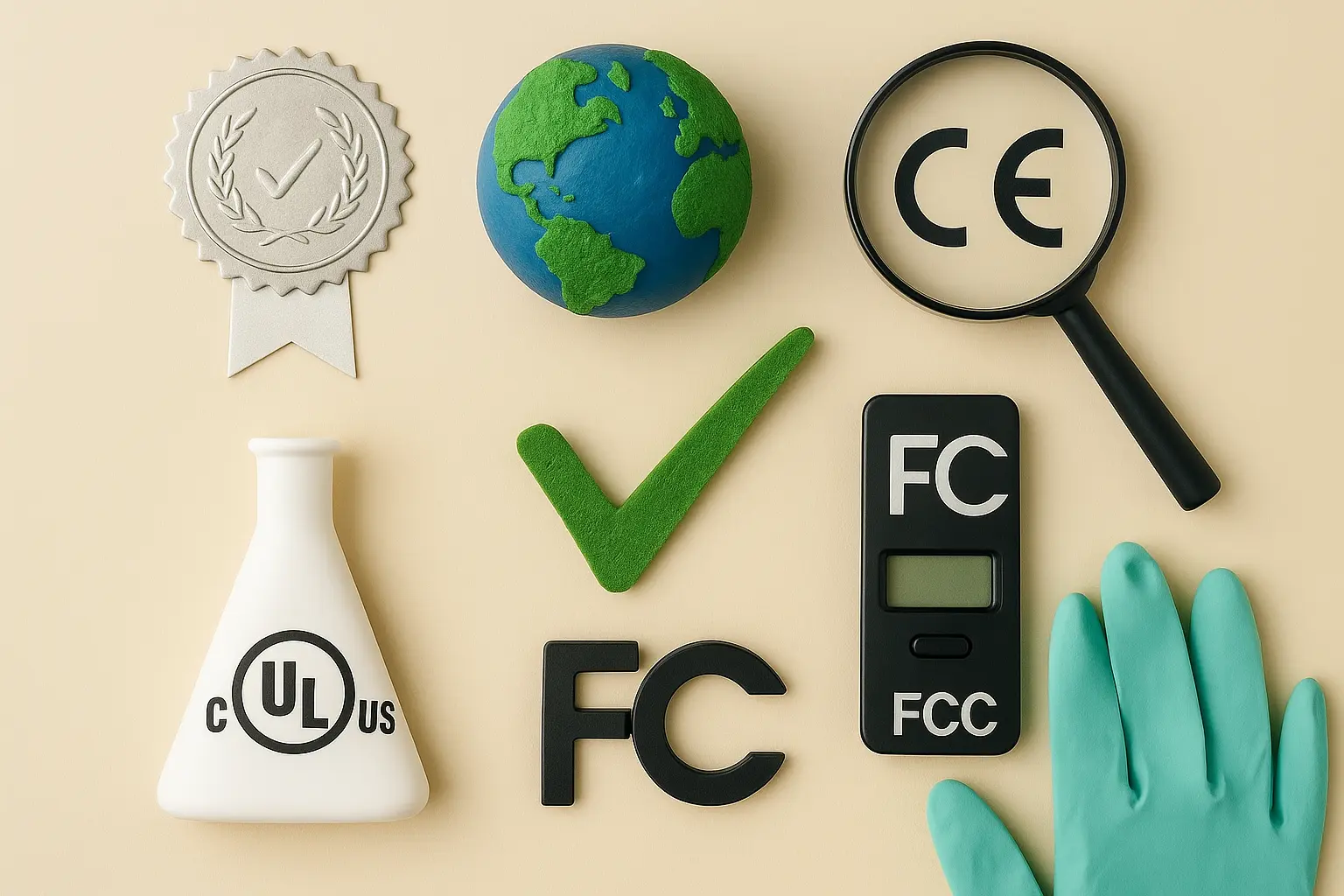Printed Circuit Board Certification
In today’s highly competitive electronics industry, ensuring product reliability and compliance with international standards is paramount. Printed Circuit Board (PCB) certification serves as a critical step in validating the quality and functionality of PCBs across various sectors. This process involves rigorous testing to ensure that the boards meet stringent requirements specified by relevant international standards such as ISO, ASTM, EN, IEC, and IPC.
The primary purpose of PCB certification is to verify that the board design, materials, manufacturing processes, and performance characteristics comply with industry best practices. This ensures that the PCBs are reliable, safe, and capable of performing their intended functions in diverse applications. The process typically includes a series of tests designed to evaluate mechanical properties, electrical performance, environmental resistance, and other critical parameters.
For instance, mechanical testing assesses the board’s ability to withstand stress and strain without failure. Electrical testing focuses on evaluating the integrity of connections, signal integrity, and power delivery capabilities. Environmental testing ensures that the PCB can endure extreme temperature changes, humidity, and other environmental conditions it might encounter in its operational environment.
These tests are not only crucial for ensuring product reliability but also play a vital role in reducing costs associated with field failures and warranty claims. By identifying potential issues early in the development process, manufacturers can optimize their designs, reduce production errors, and enhance overall quality.
The certification process is typically conducted by accredited laboratories that adhere to strict guidelines and protocols. These labs use advanced equipment and methodologies to ensure accurate and reliable test results. The data generated from these tests is then analyzed thoroughly to provide a comprehensive report on the PCB’s performance.
Understanding the industry context helps in appreciating the significance of PCB certification. For example, aerospace applications require boards that can withstand harsh environments, while medical devices demand high levels of safety and reliability. By ensuring compliance with relevant standards, manufacturers can confidently meet these stringent requirements. This not only enhances product performance but also builds trust among customers and regulatory bodies.
| Industry Sector | Purpose of Certification | Main Tests Performed |
|---|---|---|
| Aerospace | Ensure reliability and safety in space and air travel. | Environmental stress, vibration resistance, thermal cycling. |
| Medical Devices | Promote patient safety and enhance product performance. | Mechanical durability, electrical integrity, biocompatibility. |
| Consumer Electronics | Guarantee user satisfaction and brand reputation. | Electrical stability, electromagnetic compatibility (EMC). |
Industry Applications
- Aerospace: Ensuring reliable communication and control systems.
- Automotive: Enhancing safety features through advanced electronics.
- Medical Devices: Providing dependable medical equipment for patient care.
- Consumer Electronics: Delivering high-quality, durable products to end-users.
In the aerospace industry, PCBs play a crucial role in the design of avionics and communication systems. The harsh environments encountered during space missions and air travel demand boards that can withstand extreme conditions. Testing ensures that these boards are capable of functioning reliably under such stress.
The automotive sector relies heavily on PCBs for various electronic components, including sensors, control units, and entertainment systems. Ensuring the reliability of these components is vital for maintaining vehicle safety and performance. Certification helps in meeting stringent quality standards set by regulatory bodies like SAE International.
In medical devices, PCBs are integral to life-saving equipment such as pacemakers, MRI machines, and diagnostic instruments. Compliance with certifications guarantees that the equipment operates safely and effectively, contributing significantly to patient care.
For consumer electronics, ensuring high-quality PCBs is crucial for delivering products that meet user expectations in terms of performance and durability. This not only enhances brand reputation but also ensures customer satisfaction.
Why Choose This Test
Selecting PCB certification is a strategic decision for any manufacturer looking to ensure the highest quality and reliability of their products. The process provides several advantages:
- Increased Product Reliability: Rigorous testing helps identify potential issues early in the development process, ensuring that only high-quality boards reach the market.
- Enhanced Safety and Compliance: By adhering to international standards, manufacturers ensure their products meet safety and regulatory requirements.
- Improved Brand Reputation: A certified product carries a strong reputation for quality and reliability, which can significantly enhance brand image.
- Cost Savings: Early identification of problems reduces the likelihood of costly field failures and warranty claims.
In addition to these benefits, certification also facilitates smoother interactions with regulatory bodies and potential customers. It demonstrates a commitment to quality that can be a deciding factor in competitive markets.
International Acceptance and Recognition
PCB certification is widely recognized across the globe, ensuring that products meet stringent international standards. Certification bodies such as UL (Underwriters Laboratories), VDE (Verband Deutscher Elektroindustrieller), and IEC (International Electrotechnical Commission) are trusted worldwide for their expertise in product safety and quality.
The certification process is designed to be consistent across different regions, ensuring that manufacturers can achieve compliance with minimal disruptions. This global acceptance enhances the marketability of certified products, allowing them to compete effectively in diverse international markets.
Moreover, certification helps manufacturers navigate regulatory landscapes more efficiently by providing a clear path to compliance. Regulatory bodies often recognize certifications from reputable organizations, reducing the need for additional testing and documentation.





